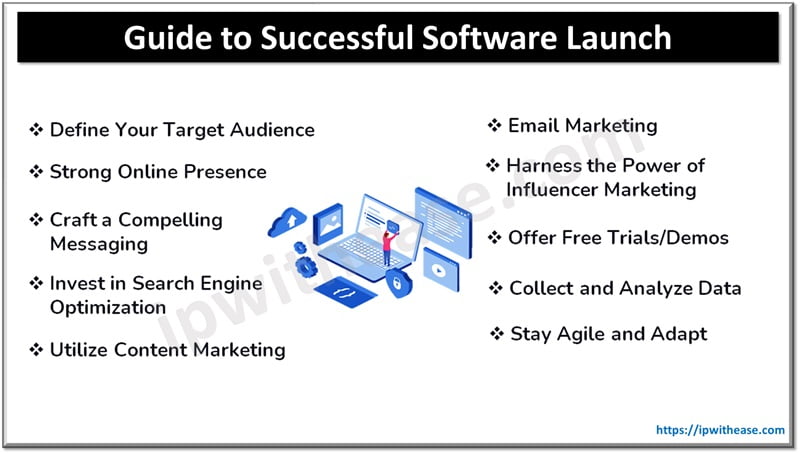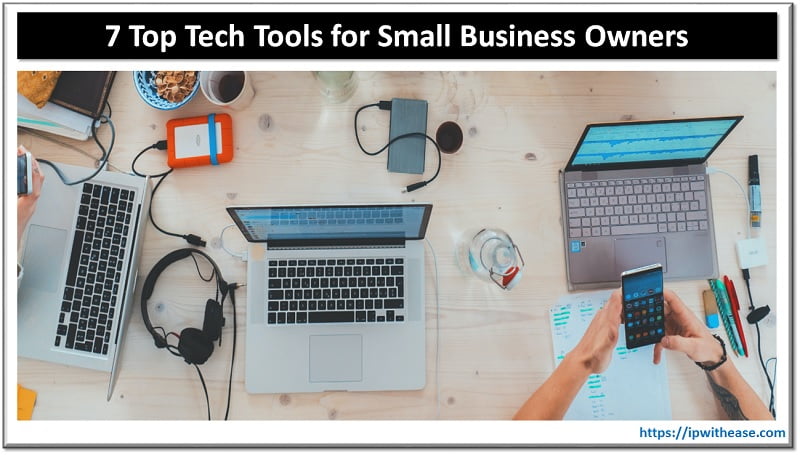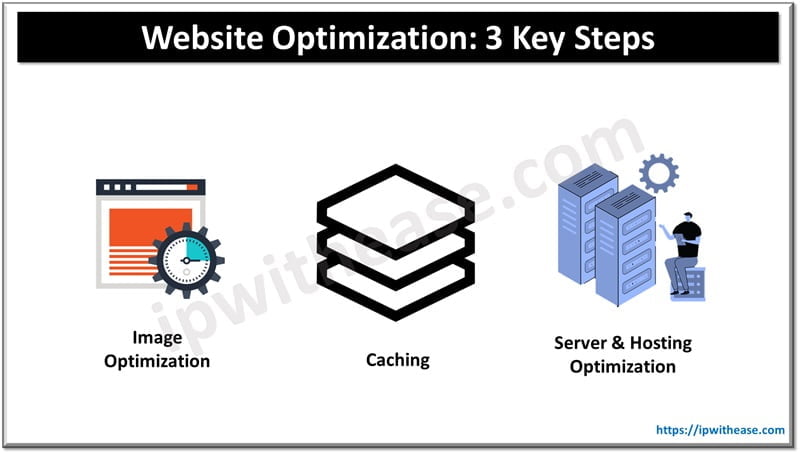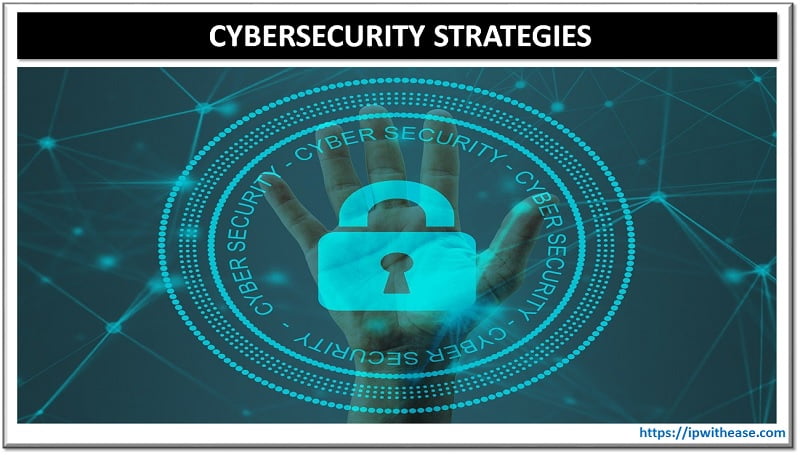Table of Contents
In today’s digital landscape, launching software is both exhilarating and challenging. The ground is littered with the remnants of products with groundbreaking features and unparalleled functionality. Products that worked well on paper but failed to execute properly.
How can you keep your software from the same fate? Surprisingly, it’s not usually a matter of refining your product more, Businesses in this industry often fail because they neglect to market their idea. They believe that it’ll stand out, which is challenging in the cluttered digital landscape.

Another stumbling block is often that they don’t provide their clients with the support they need. They grow too big too quickly and don’t consider outsourced customer service until there’s been a really serious disconnect in this area.
Therefore, the keys to success often hinge on a well-executed marketing strategy and providing your clients with the support they need. Let’s start by looking at how to market your software for a successful software launch.
Steps to Make a Successful Software Launch
Define Your Target Audience
Before you start, you need to understand who you’re selling to. To do that properly, you clearly define your target audience. Who are the potential users of your software? What problems does your software solve for them?
By understanding your audience’s demographics, interests, and pain points, you can tailor your marketing messages to resonate with them effectively.
Craft a Compelling Messaging
Or several, depending on how many segments you divide your target audience into. What is your unique value proposition? What makes your product unique? How will it improve the lives or workflows of your users?
Your message must be:
- Clear
- Concise
- Compelling
Make sure it focuses on the benefits and outcomes users can expect.
Develop a Strong Online Presence
You have a digital product, so you need a strong online presence. You’ll need to create a professional website that showcases your :
- software’s features
- Benefits, and
- Testimonials from satisfied users.
You can leverage social media platforms to engage with your target users, share valuable content, and create a buzz about your product.
Invest in Search Engine Optimization SEO
A website that no one visits is useless to you. In order to convince Google and the other search engines to send traffic your way, you must make your site look credible. You can do this by:
- Making sure that all the credentials line up with what’s already online
- Posting high-quality content that’s free of typos and properly laid out
- Using meta tags, headings, and sub-headings
- Putting in web-optimized pictures to break up the white space.
You should also make sure that your site displays well across a number of devices with different screen sizes. You can see how your website fares by visiting Google’s page speed insights page.
Utilize Content Marketing
Content marketing is a powerful tool. It allows you to:
- Set yourself up as a subject matter expert
- Establish thought leadership articles
- Educate your audience
- Drive brand awareness.
You’ll need to create high-quality content that your audience will find useful. This can help them come to the conclusion that they need your software.
Implement Email Marketing Campaigns
Email marketing is effective if you provide targeted campaigns that they find highly relevant. It’s here that knowing your audience works to your advantage the most. Don’t send out generic blasts.
Rather, segment your email list according to demographics or specific criteria and create several campaigns. You’ll tweak each one slightly based on who you’re targeting.
Harness the Power of Influencer Marketing
Partnering with the right influencer or industry expert can help your software reach the next level. However, you need to choose the right partner. You need someone with whom your audience can connect and who they trust.
While it’s tempting to pay any influencer who’ll take the job, it can damage your brand. Research them properly first and make sure that they’re the right fit for your needs.
Offer Free Trials or Demos
Most customers want to try it before they buy. Offering a free version with limited features is one option. Offering a trial that runs for a limited time is also useful. These allow the client to see the benefits for themselves and, hopefully, give them enough time to learn to rely on it.
What if you’re offering an enterprise-level product? In this case, you might rather offer to demonstrate the software to the people in the company who’ll use it. This gives you an excellent opportunity to highlight the advantages and answer any questions.
Collect and Analyze Data
You’ll need to collect the data related to your marketing efforts. Track conversions, click-throughs, and other factors to identify when you are doing something right. You can also use split-test marketing to tweak each individual factor to get the best possible results.
Stay Agile and Adapt
The digital landscape is constantly evolving, and what works today may not work tomorrow. You need to evolve to keep on track. Keep a pulse on industry trends, competitor strategies, and customer feedback, and be prepared to pivot your marketing efforts accordingly.
Conclusion
By following these strategies and staying focused on delivering value to your target audience, you can effectively market your new software and drive success in today’s competitive marketplace. With a well-executed marketing plan and a relentless commitment to innovation, your software has the potential to make a meaningful impact and become a trusted solution for users around the world.
Continue Reading:
What is Infrastructure as a Code (IaC)?
Techniques for Load Testing & Performance Testing in Non-Functional Testing
ABOUT THE AUTHOR
IPwithease is aimed at sharing knowledge across varied domains like Network, Security, Virtualization, Software, Wireless, etc.



